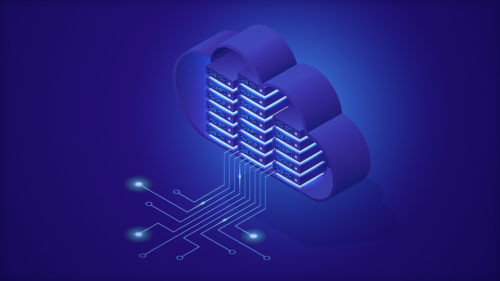Understanding Data Loss Prevention
• June 21, 2023

Today, getting data in and out has become critical to the function of any organization. This evolution of interconnected business has ushered in challenges with privacy, trade secrets, and evolving laws (with ever more restrictive penalties). DLP is the superhero that swoops in to save the day and prevent that nightmare scenario from happening. It’s a set of technologies and processes that protect sensitive information from being lost, stolen, or misused. There is no single DLP technology – its unique to each of the five major methods of moving data: email, file transfer, streams (good and bad), collaboration, and chatbots/AI.
Emails are the OG method of transmitting sensitive information, but they’re also one of the most vulnerable. Luckily, DLP technology can scan outbound emails for specific keywords or patterns that indicate sensitive data and prevent the email from being sent or quarantine it for review. However, DLP technology might not catch sensitive information embedded in images or attachments, so watch out for those sneaky JPGs.
File transfers via secure file transfer protocols (SFTP) or similar methods can be monitored by DLP technology to ensure that sensitive data is being transmitted securely and only to authorized recipients. But, DLP technology might not be able to detect if the authorized recipient then shares it with unauthorized users. So, keep an eye on your trusted buddies.
Unofficial methods of streaming data, like using online file-sharing services or social media platforms, can be detected by DLP technology to prevent sensitive data from being sent through unofficial channels. Similarly unfriendly stream methods, such as keyloggers and stream loggers are malicious software that can capture keystrokes or stream data as it’s being entered or transmitted. DLP technology can detect the presence of these sneaky little buggers and alert security teams to potential breaches However, new methods of unofficial stream transfers are constantly emerging, and DLP technology may not catch all of them. So, stay on your toes.
Collaboration platforms such as Microsoft Teams or Slack are used to enhance productivity and communication within organizations. Like a Rocket Ship, the use of these technologies continues to explode with the amount of information stored in and distributed through them along with it. DLP technologies specifically built to analyze what is being posted to collaborative platforms are still maturing but are critical to enabling the innovation that integrating collaboration with the customer experience brings.
Finally, as chatbots and other AI technologies become more prevalent in the workplace, they also become a potential source of data leaks. DLP technology can be used to monitor and control the flow of data to and from these technologies to prevent sensitive information from being transmitted or recorded. However, as these technologies become more sophisticated, they may be able to outsmart DLP technology and evade detection, making it harder to prevent data leaks. So, watch out for those smarty pants bots.
In conclusion, it’s imperative to understand that it isn’t just you and your DLP tools reviewing these data streams – bad actors are also out there watching, waiting to exploit any vulnerabilities. Broadly speaking, cyber criminals make money in two ways, they can disrupt your operations, or they can release your sensitive data. While recovery solutions can help with the first, DLP is the solution to the second – ensuring that your customers and employees can trust you to keep their personal information safe and secure.
At the end of the day, we know that your IT budget isn’t infinite, and it’s likely stretched thin as it is. But if reading this made you progressively sweatier and more overwhelmed as you went down, give us a call. We’ll be happy to work with you to identify where you can invest in technology to add the most value, keeping you ahead of regulatory changes and the bad guys.

